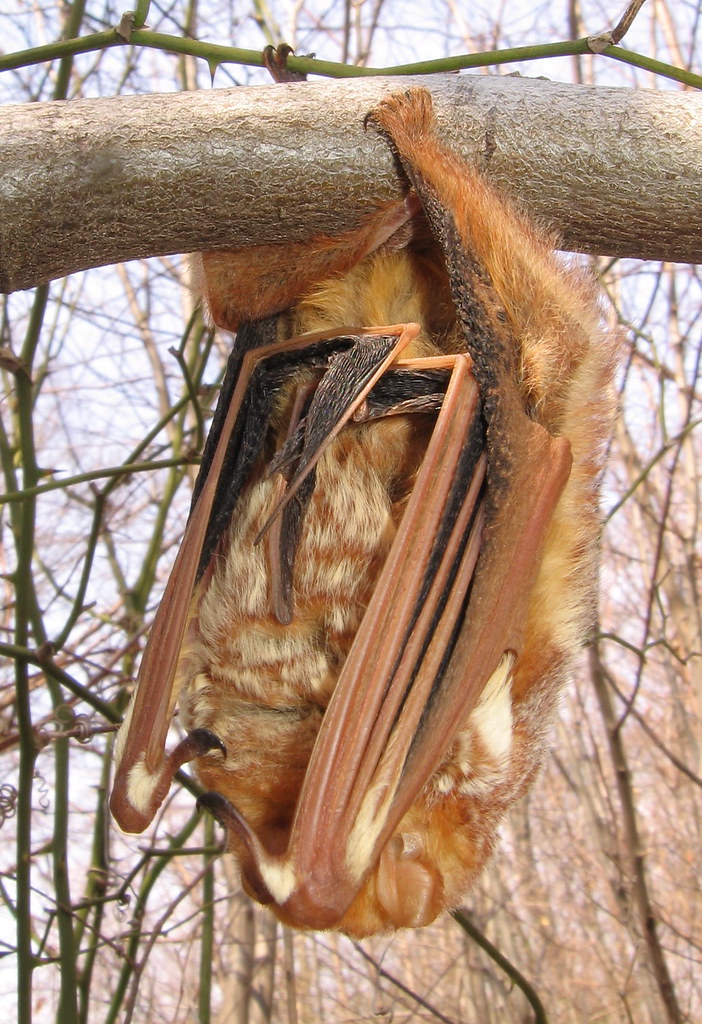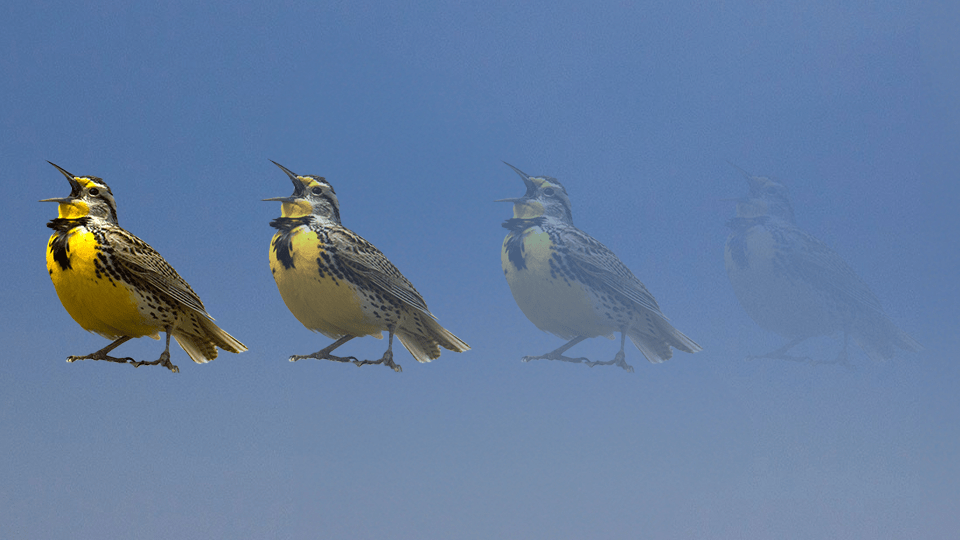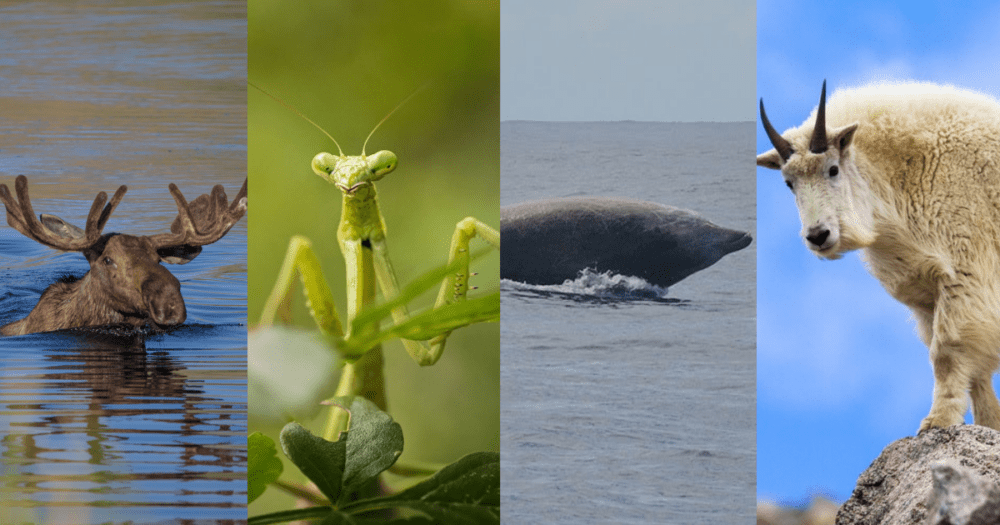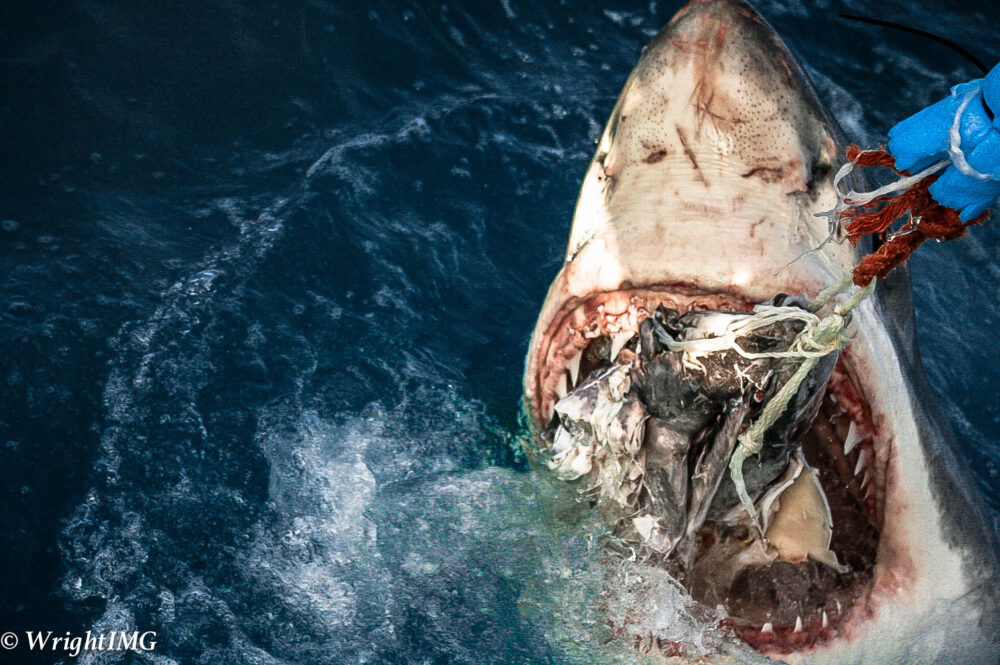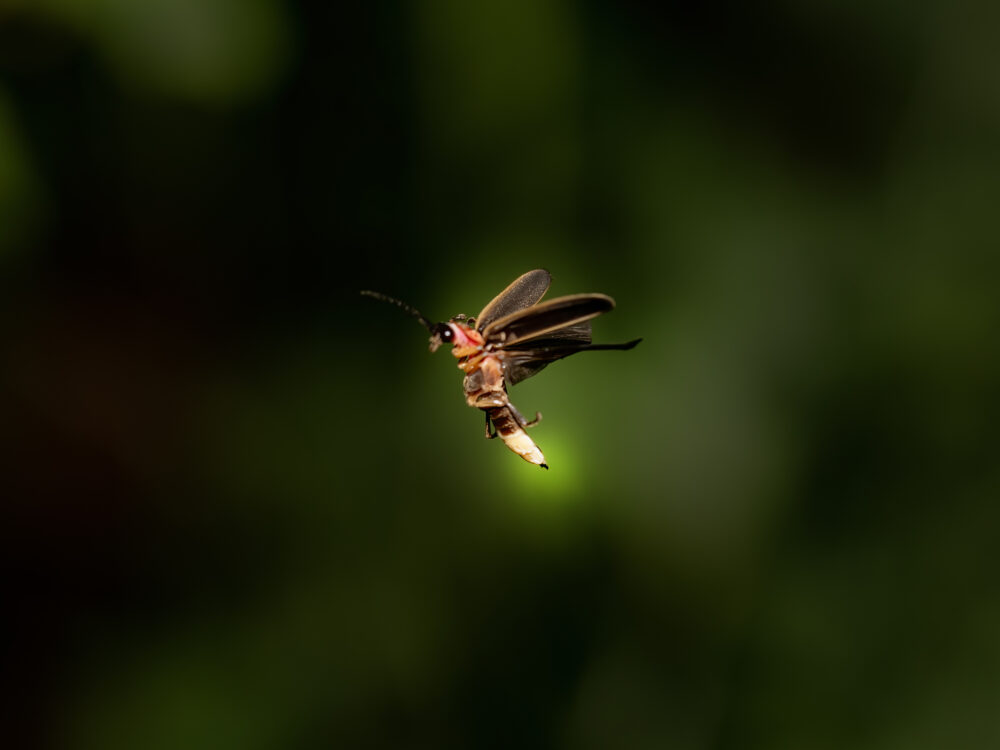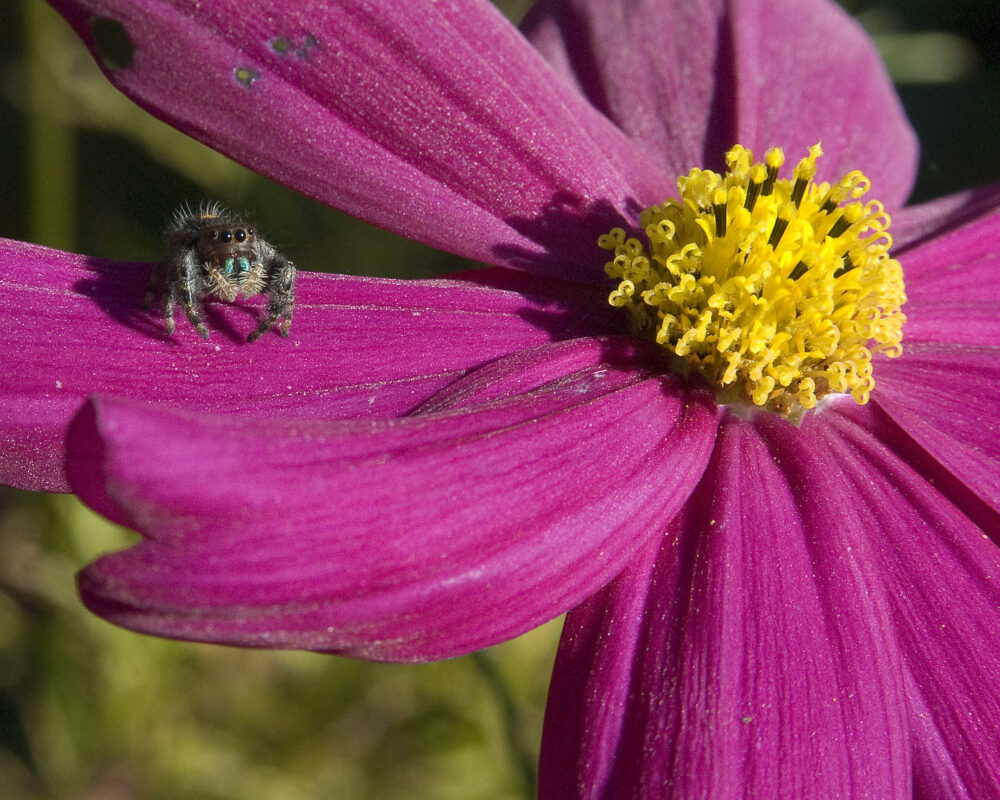We have much more to do and your continued support is needed now more than ever.
Puffins on the Pacific
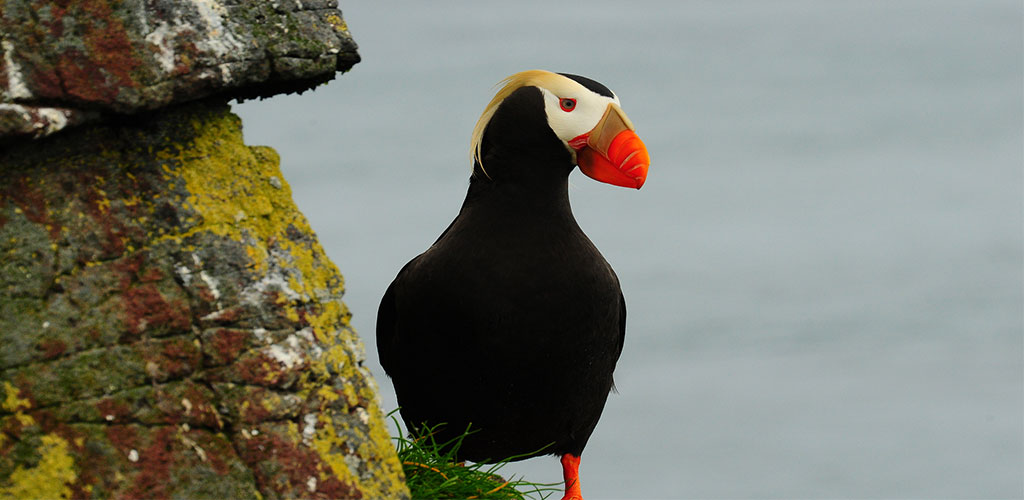
A feature in the April issue of Ranger Rick highlights the Atlantic puffin, the smallest species of these charismatic seabirds, and its nesting, hunting, and maturation. Puffins usually mate for life, building their nests in burrows to safeguard their lone egg. Once a baby puffin hatches, also known as a puffling, the adults alternate fishing duty to bring food back to the nest.
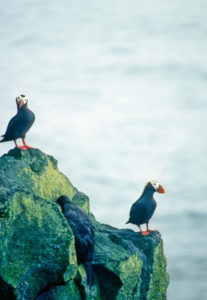
Though Atlantic puffins are also known as the “common puffin,” they are only found in the North Atlantic Ocean. The other two puffin species call the Pacific Ocean home.
The largest puffin, the tufted puffin, can weigh at more than 1.5 pounds, which is twice the weight of Atlantic puffins. It can be found breeding along the Pacific coast from northern California to Alaska. During the breeding season they have orange beaks similar to the Atlantic puffin, but the key physical difference is their black belly.
Let’s journey to the Pacific coast and learn more about the tufted puffin.
Nesting
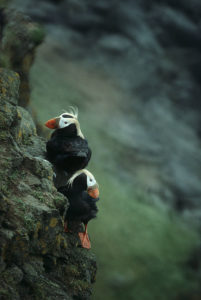
Similar to its east coast relative, tufted puffins are also typically monogamous and use burrows as nests. They prefer to use burrows in grassy slopes or cliff tops on islands.
Like other puffins, the tufted puffins use their bills and feet to dig their nest chambers, and then they line the burrow with feathers and grass to cushion the single egg that the female lays inside. Building a nest can sometimes take a whole breeding season to complete, so puffins often use the same burrow year after year. They usually don’t breed until five years old, and may live to 20 years in the wild.
Fishing
After the puffling hatches, the parents take turns finding fish for the baby puffin. Puffins mainly eat small fish such as herring, and can fit up to 12 or more fish in their mouth at once. They also eat squid, mollusks, and crustaceans.
All puffin species are well adapted to both fly and swim. Despite their chunky appearance, a puffin can fly 48 to 55 mph. It can also stay underwater for one minute or more. Puffins’ wings help them “fly” through water, and they use their feet and tails to help steer. With these abilities they can dive to 200 feet!
Maturation
When all pufflings are hatched, they are covered in downy fluff. After only 6-7 weeks following hatching, tufted pufflings are ready to leave their burrows. Once they leave the nest, they venture off to live and learn on their own, not returning to their parents’ nest. Their goal is to survive long enough to find a mate and breed.
Subscribe NowSubscribe now to our award-winning Ranger Rick magazine to learn more about puffins and other wildlife!















